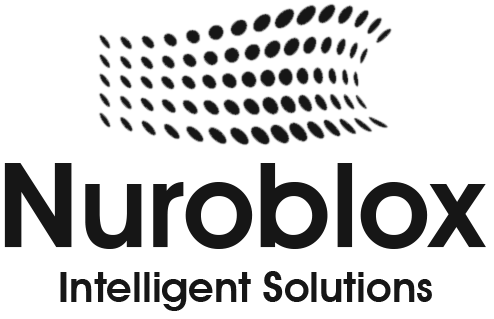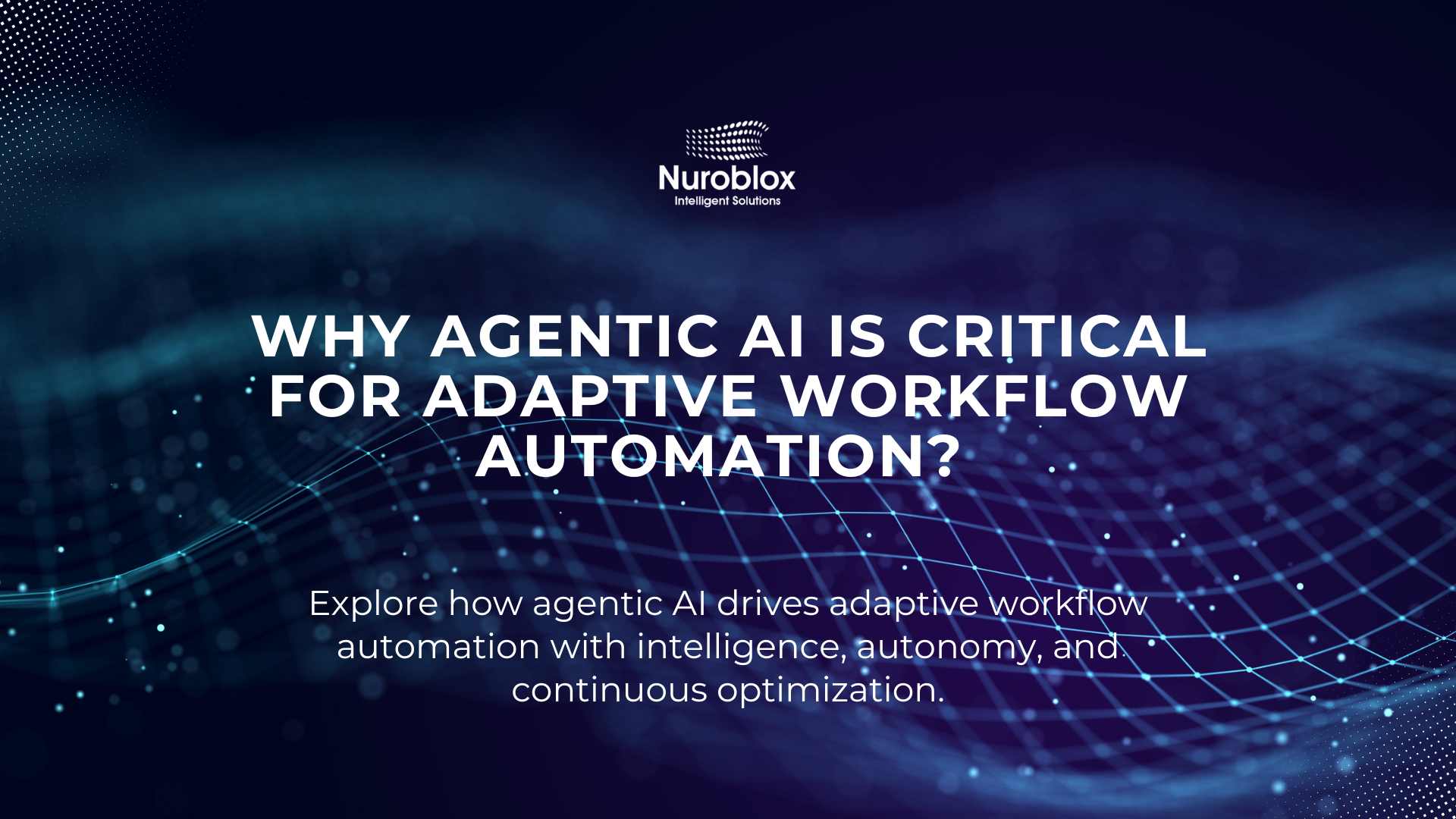Why Agentic AI Is Critical for Adaptive Workflow Automation?
For years, Robotic Process Automation (RPA) was the celebrated hero of enterprise efficiency. The promise was irresistible – deploy software “bots” to mimic human actions, automate repetitive tasks, and unlock significant cost savings. Yet, a stark reality has emerged from the trenches of implementation. A staggering statistic reveals that up to 50% of initial RPA projects fail. The reason is simple – traditional RPA, while effective for static, rule-based tasks, is fundamentally brittle. It shatters when faced with the complexity, dynamism, and constant change inherent in modern business.
This fragility has created an automation bottleneck, preventing enterprises from achieving true, end-to-end operational autonomy. But a paradigm shift is underway, moving beyond simple mimicry to intelligent action. Agentic AI has emerged not merely as an evolution, but as the necessary successor to traditional automation. Unlike RPA bots that blindly follow a script, AI agents perceive, reason, and act autonomously to achieve goals. They navigate ambiguity, learn from outcomes, and orchestrate complex workflows across disparate systems. This article explores why Agentic AI is no longer a future-forward concept but a critical capability for any organization seeking to build truly adaptive, resilient, and intelligent workflow automation.
The Bottleneck of Traditional Automation – Why RPA Falls Short
The initial allure of RPA was its ability to automate high-volume, predictable tasks like data entry and invoice processing. However, as businesses have tried to scale these initiatives, they’ve hit a wall, encountering a series of formidable challenges that rule-based systems are ill-equipped to handle.
The Brittleness of Rule-Based Systems
Traditional RPA bots operate by interacting with user interfaces (UIs). This makes them incredibly fragile. A minor update to a software application, a button moved, a field renamed can break the automation, demanding constant and costly maintenance. This is a key reason why a mere 3% of organizations have successfully scaled their RPA programs beyond initial pilots. They are perpetually caught in a cycle of repair, unable to expand their digital workforce effectively.
Inability to Handle Dynamic Environments
Business processes are rarely as linear as an RPA script assumes. They involve unstructured data (emails, PDFs, images), unforeseen exceptions, and decisions that require context and judgment. RPA bots lack the cognitive ability to handle this variability. When an RPA bot encounters an unexpected scenario, it typically fails, creating an exception that a human employee must then resolve. This negates the efficiency gains and prevents the automation of more complex, valuable workflows.
The High Cost of Maintenance and Stalled Scalability
The rigidity of RPA translates directly into high maintenance overhead. Every process change or system update requires developer intervention to reprogram the bots. Furthermore, scaling RPA often means a linear increase in infrastructure and licensing costs, with performance bottlenecks emerging as bots struggle with large data volumes or slow system response times. The initial ROI quickly diminishes, leaving many automation programs stalled and unable to deliver on their transformative promise.
What is Agentic AI? From Following Rules to Achieving Goals
While an RPA bot is programmed with a rigid set of “if-then” instructions, an AI agent is designed with a goal and is empowered to determine the best path to achieve it. Agentic AI refers to autonomous systems that can independently plan, reason, and execute complex tasks to achieve specific business objectives.
They are defined by four core characteristics –
- Autonomy – AI agents operate without constant human oversight, making decisions and taking action independently.
- Intentionality – They understand the underlying business objective and can adapt their approach based on real-time context and feedback.
- Adaptability – Agentic AI systems learn from new data and experience, continuously optimizing their performance over time.
- Decision-Making – Unlike rule-based bots, AI agents can evaluate multiple variables, weigh alternatives, and make intelligent, real-time decisions.
The Core Components – LLMs, Reasoning Engines, and Tool Integration
This intelligence is powered by a sophisticated architecture. Agentic systems leverage Large Language Models (LLMs) for advanced understanding and communication, reasoning engines to plan and break down complex goals into executable steps, and a critical ability to integrate with and use external tools via APIs. This allows them to orchestrate end-to-end tasks across different software environments, from modern SaaS platforms to legacy enterprise systems.
How Agentic AI Creates Truly Adaptive Workflows
Agentic AI directly addresses the core weaknesses of traditional RPA, providing a more robust, scalable, and intelligent solution for creating workflows that can adapt to the fluid nature of business.
Autonomous Decision-Making in Real Time
Where an RPA bot would halt at an exception, an agentic workflow dynamically adapts. For instance, in an invoice processing workflow, if an agent encounters a new vendor format, it can use its reasoning capabilities to identify the relevant fields, extract the data, and continue the process all without human intervention. Agentic systems can save manufacturers 10–15% in operating expenses through such real-time, AI-driven decisions.
Continuous Learning and Process Optimization
Agentic AI systems are designed for continuous improvement. Using principles like reinforcement learning, agents learn from feedback and experience to optimize their performance. This creates a powerful compounding effect on value. For example, a fraud detection system powered by agentic AI can become 15-25% more accurate each year as it analyzes more transactions and refines its algorithms. This self-optimization dramatically reduces maintenance overhead and drives an exponential ROI curve.
Seamless Integration Across the Enterprise Stack
A defining feature of agentic AI is its ability to seamlessly connect with a wide array of systems via APIs. This native interoperability overcomes the primary integration hurdles of RPA. AI agents can navigate complex IT landscapes, including cloud applications and legacy systems, far more effectively than brittle bots dependent on UI mimicry. This allows for the creation of true end-to-end automation that breaks down departmental silos

The shift to agentic AI is not just a technological upgrade; it delivers a powerful and quantifiable business impact, with organizations reporting returns that far exceed traditional automation investments.
Unlocking Exponential ROI and Productivity Gains
The business case for agentic AI is compelling. Organizations typically see a 3x to 6x return on their investment within the first year of deployment. Moreover, by automating not just simple tasks but complex cognitive work, agentic AI can drive productivity increases of 25–30%. Research from McKinsey reinforces this, estimating that AI-driven productivity improvements could add between $200 billion and $340 billion in value annually across industries.
Revolutionizing Core Business Functions
Agentic AI is already transforming key operations across the enterprise –
- Customer Service – Intelligent agents are poised to autonomously resolve up to 80% of common customer service issues. These are not simple chatbots; they are comprehensive problem-solvers that can diagnose issues, access multiple systems, and implement solutions independently. This leads to dramatic improvements in resolution times, with organizations reporting 40% faster case resolutions in the telecommunications and retail sectors.
- Supply Chain Management – In supply chain, an AI agent can monitor inventory in real-time, predict future demand based on market signals, identify potential bottlenecks, and autonomously coordinate with suppliers via APIs to optimize stock levels and prevent disruptions.
- Finance – In finance, agents can manage the entire invoice-to-pay lifecycle, from extracting data from unstructured documents to validating it across multiple ERP systems, flagging anomalies for review, and generating financial reports all with minimal human oversight.
Strategic Implementation of Agentic AI – From Vision to Value
Successfully deploying agentic AI requires a structured, phased approach that aligns technology with clear business objectives and manages organizational change.
A Phased Approach – Identifying High-Impact Use Cases
A practical framework for starting the agentic AI journey involves mapping opportunities along two dimensions – implementation complexity and business impact. Organizations should begin with “quick wins” low-complexity projects with a clear, measurable impact to build momentum and internal expertise. From there, they can move to scaling capabilities across departments before tackling truly transformational, high-complexity initiatives.
Building the Foundation – Data Readiness and Governance
The success of any AI system hinges on the quality and accessibility of data. Before deployment, organizations must invest in breaking down data silos, ensuring data quality, and establishing robust governance frameworks. This includes creating a Responsible AI (RAI) office to set ethical guidelines, manage risk, and ensure that autonomous decisions align with business policies and compliance requirements.
Overcoming the Skills Gap and Fostering Adoption
While there is a skills gap for advanced AI, the emergence of low-code and no-code platforms is democratizing the development of agentic AI, empowering business users to create automations. Success also depends on effective change management. Organizations must communicate a clear vision for how AI will augment, not replace, human workers, and invest in training to upskill employees for higher-value strategic work.
The Future is Collaborative – Humans, Bots, and AI Agents
The future of work is not a binary choice between humans and machines, or even between RPA and Agentic AI. It is a collaborative ecosystem where each plays to its strengths. RPA bots will continue to be workhorses for high-volume, structured tasks. AI agents will tackle complex, dynamic, and cognitive work. And this powerful automation fabric will free human employees to focus on what they do best – strategy, innovation, complex problem-solving, and building relationships.
This evolution moves automation beyond simple process execution toward truly autonomous operations that can sense, adapt, and act on their own. The organizations that embrace this transformation now will not only become more efficient and resilient but will also build a sustainable competitive advantage. How will your organization leverage this powerful capability to build a more intelligent and adaptive enterprise?


